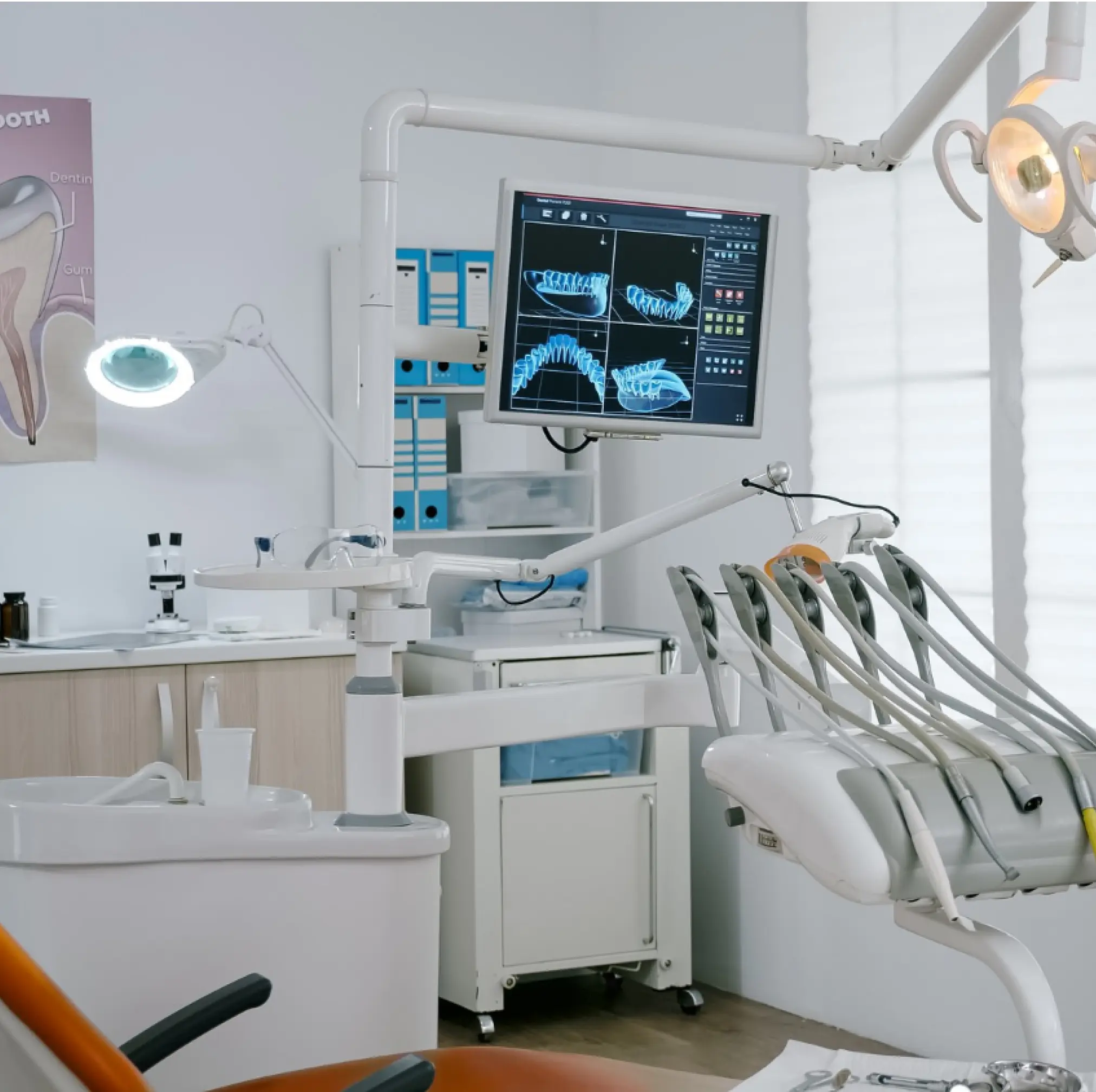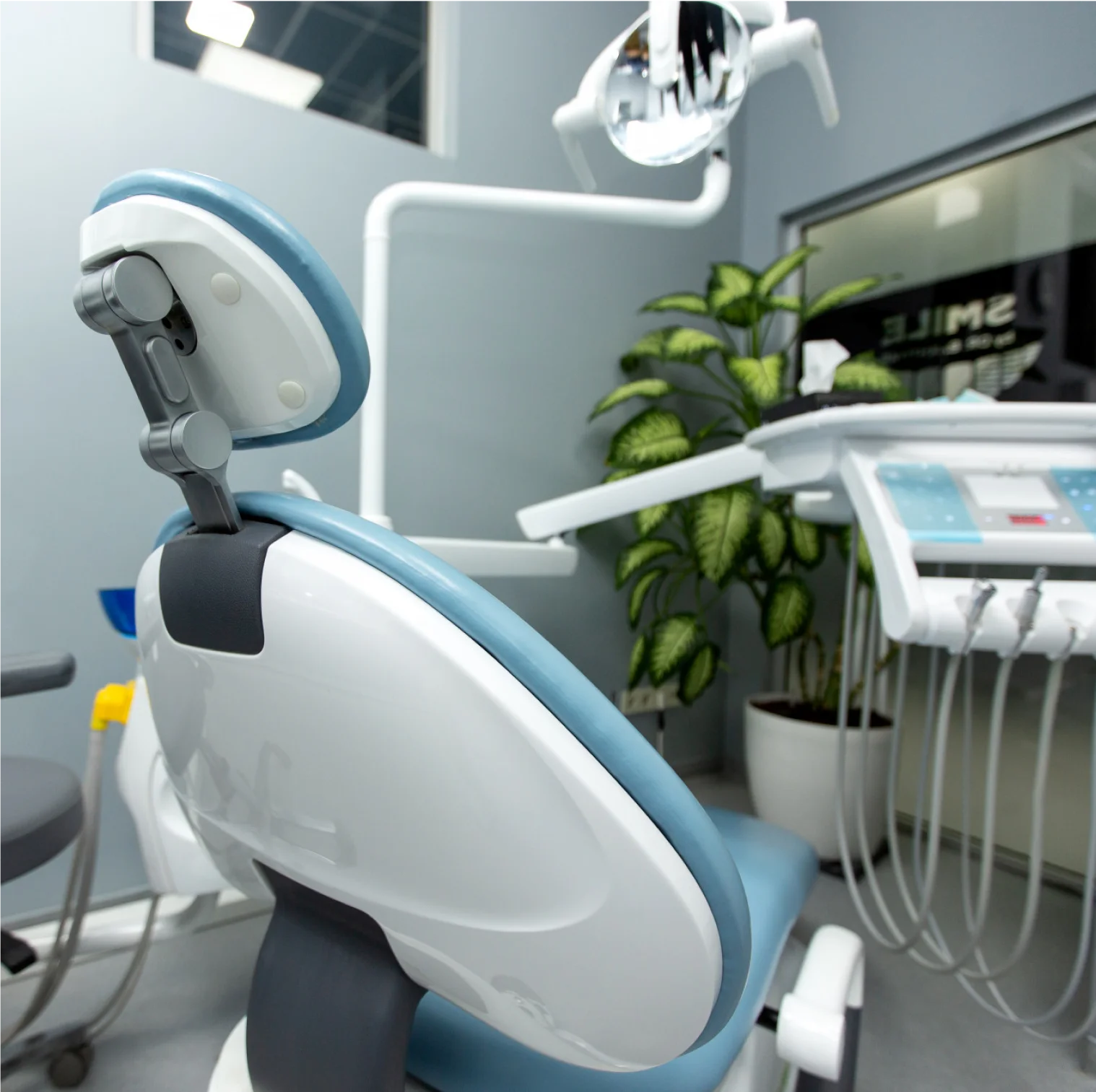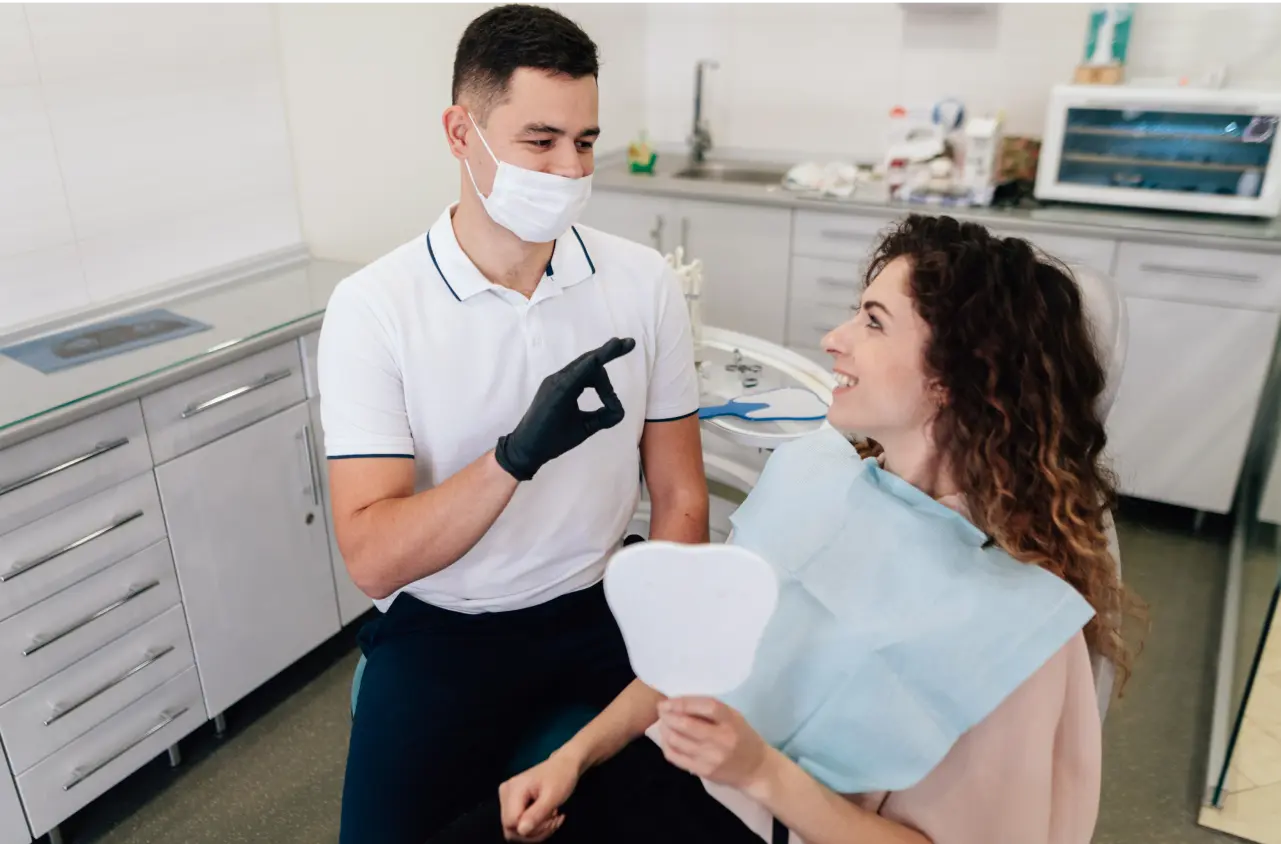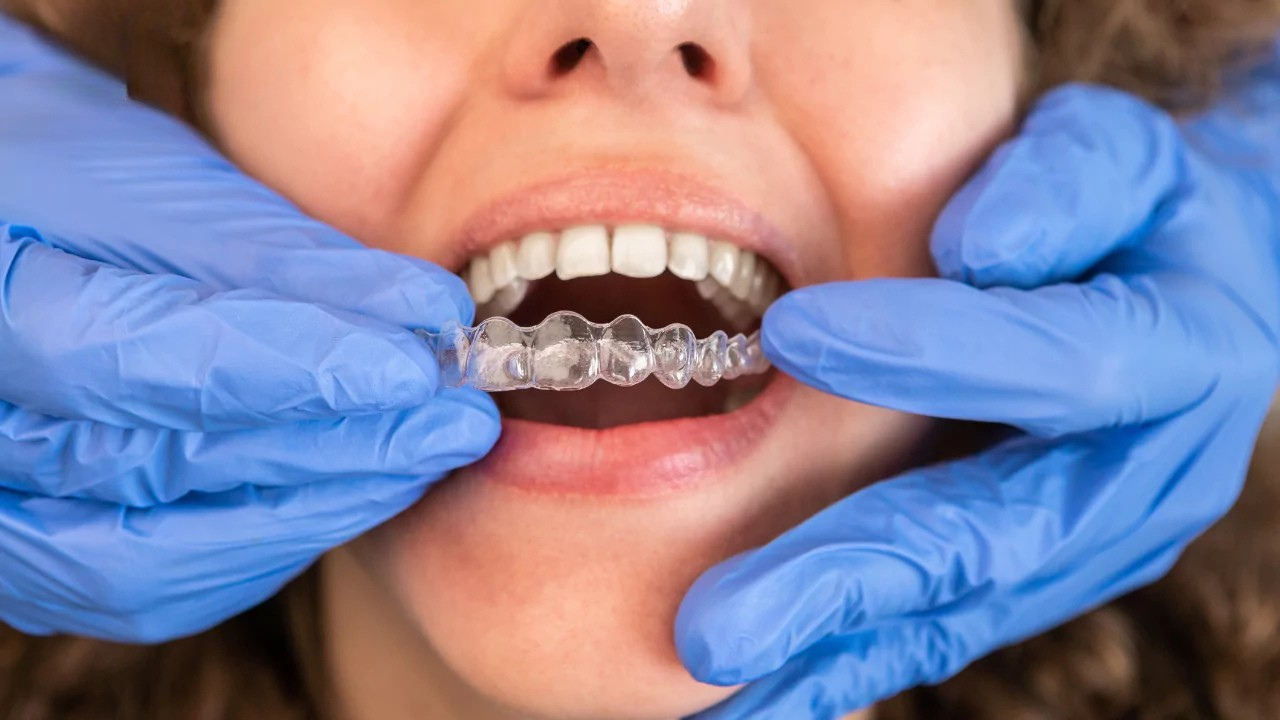Different Types of Orthodontic Braces: A Complete Guide
Orthodontic Braces

Table of Contents
Orthodontic dentistry is a branch of dentistry that handles malocclusions and mal-alignment of teeth. When we think of braces, a picture of a mouth covered in silver metallic braces with wires running through them comes to mind. While metal braces have been a successful method of correcting teeth for over a hundred years and are still being used, there are now many more different types of orthodontic braces that have been developed.
Due to the unpleasant appearance of metallic braces, many people have been hesitant about getting braces. Fortunately, due to advancements in technology and the introduction of newer and improved methods of ‘invisible’ looking braces, the problem of walking around with a ‘metal mouth’ has been solved. This makes orthodontic dentistry an option for patients of all ages, working in all professions.
When Are Braces Needed?
Orthodontic braces are indicated in patients who have mal-aligned teeth. This means that in these patients, the upper and lower teeth don’t align perfectly upon closing the mouth, which can cause many problems for the patient. It can cause difficulty in chewing and speaking and may also make the patient conscious of their smile. Mal-aligned teeth can cause trauma to the oral tissues, such as in the case of a deep bite, and also create areas food tends to get stuck, causing tooth decay and infections.
Due to this reason, it is best to correct mal-occlusions once the patient has most of their permanent teeth in their mouth to improve aesthetics, improve chewing function, and prevent dental health complications.
Here are the following types or mal-occlusions that can be corrected with orthodontic braces:
- Overbite
- Underbite
- Crossbite
- Openbite
- Diastema
- Spacing in between teeth
- Impacted teeth
- Crowding
- Tilted and rotated teeth
- Intruded or extruded teeth
Orthodontic braces can be used to correct all of the above malocclusions easily and successfully.
What Are The Different Types Of Orthodontic Braces?
Metal Braces
These are the conventional braces that we have seen consisting of metal brackets that are bonded to the tooth surfaces with a metal wire running through the brackets. Every few weeks, the wire needs to be changed to encourage the teeth to move into their desired positions. Once the teeth have moved into their desired places, the brackets are removed, and the treatment is complete.
This method of straightening teeth has been in use for almost a hundred years and is very successful. It is ideal for adolescents and younger patients as they don’t have to worry about aesthetics in professional settings. The entire duration of treatment lasts about 1-3 years, depending on the degree of malocclusion in the patient and how regular they were with their appointments.
Ceramic Braces
Ceramic braces work exactly the same way as metal ones, except they are made out of tooth-colored material to be more discreet. They are less noticeable and are a great alternative to metal braces for those patients in whom aesthetics is a concern and who don’t want to opt for Invisalign.
Damon Braces
Damon braces, like metal braces, are also used to straighten teeth, except that they have a different mechanism of action. They have a self-ligating system to connect archwires to brackets instead of elastic bands common in metal braces. They are more comfortable than conventional metal braces as they exert less pressure and friction on natural teeth.
Invisible Lingual Braces
These braces are similar to metal braces. However, the former is placed on the inner surfaces of teeth or behind the teeth. These require specialized and highly skilled orthodontists to install them as they can be a little tricky to place.
They are a specialized braces system designed to straighten teeth and remain discreet and provide invisibility to braces. While lingual braces have many advantages, they also take some time to get used to as they can interfere with speech and irritate the tongue in the lower arch as they are placed just behind the teeth.
Invisalign Braces
Invisalign clear aligners are a breakthrough in orthodontic braces as they are entirely different from conventional metal braces. They appear completely invisible, and they take away the need to visit the dentist constantly. Invisalign aligners can be used by patients of all ages as long as they are responsible and understand the way the aligners work.
They come as a set of two trays that need to be changed every 15 days by the patient themselves. They are removable clear trays that fit snugly onto the teeth and are barely noticeable by even the person sitting next to you. Invisalign is a fantastic option for adults and professionals who have to face clients every day and for whom metal braces are not an option due to aesthetic concerns.
How to Care For Your Braces?
No matter which method you choose, all types of braces need to be cared for as they are expensive. Without proper care, treatment time can get delayed and disrupted.
Since metal braces are bonded to teeth and cannot be removed, they need to be carefully cleaned.
- A specific orthodontic brush must be used to clean between wired and brackets.
- Good quality fluoride toothpaste must be used as well as a mouth wash. Flossing must be practiced regularly once a day to clean between areas where food tends to get stuck.
- It is essential to monitor the kind of food you eat. It is not advisable to bite into apples and hard foods that can dislodge the brackets and wires or soft and sticky foods that can get stuck between teeth.
- It is advised to cut your food up into pieces and eat from the teeth in the back rather than biting into your food using your front teeth.
Best Orthodontist for Braces
Orthodontics is a specialized branch in dentistry and requires a professional orthodontist to treat patients with malocclusions. They can diagnose and make a treatment plan for the patient depending on the degree of malocclusion and can suggest the different options the patient may choose between depending on their budget and their level of cooperation. Our expert team of professional dentists at Dr. Paul’s Dental Clinic can best assist you with all your dental concerns, so contact us today and schedule an appointment with the dental specialist.
Book an Appointment With Your Doctor NOW!
Ready for a brighter smile? Schedule your appointment with Dr. Paul’s Dental Clinic today and experience exceptional dental care.



 Dr. Arun Ramani
Dr. Arun Ramani 

